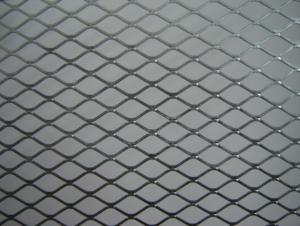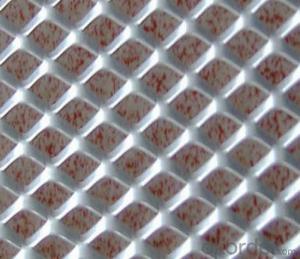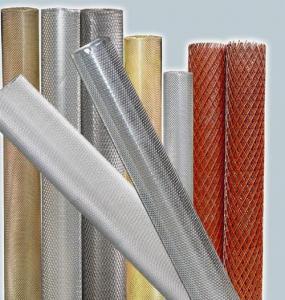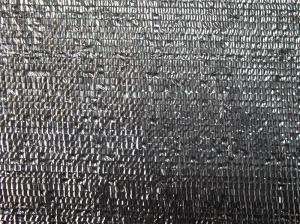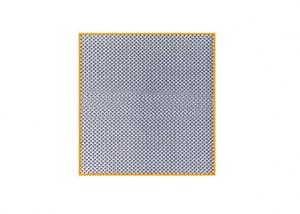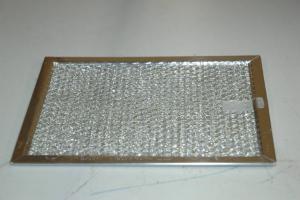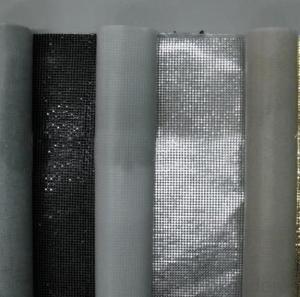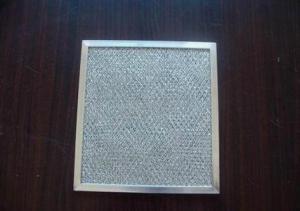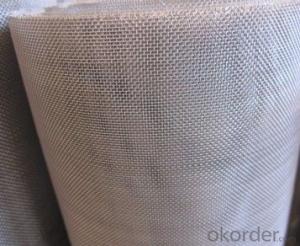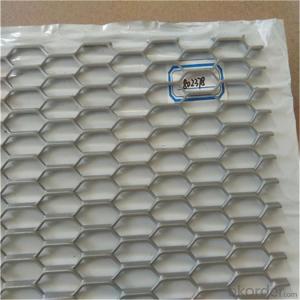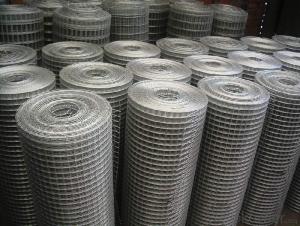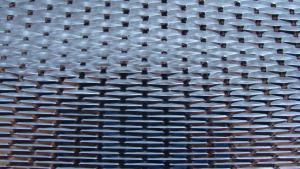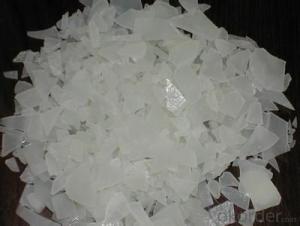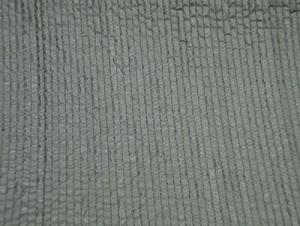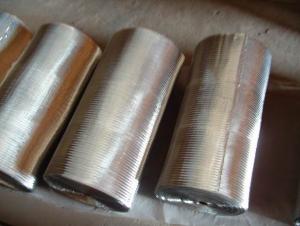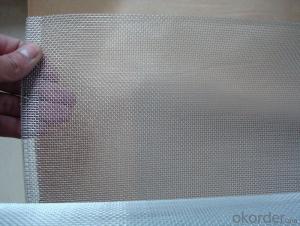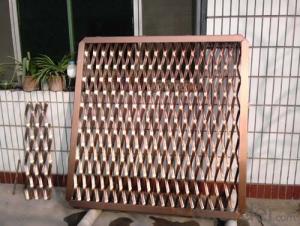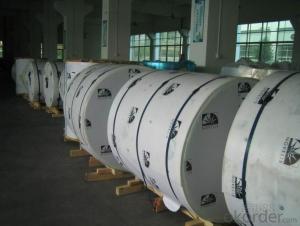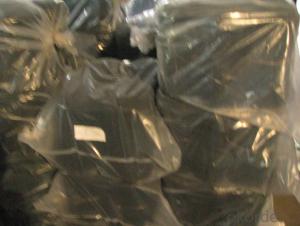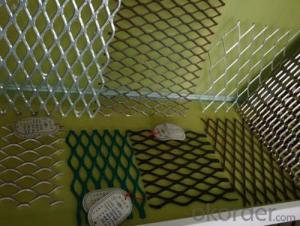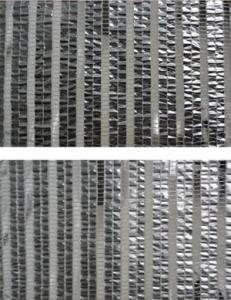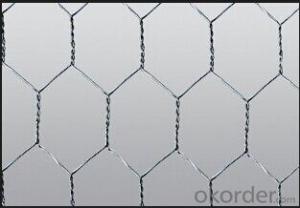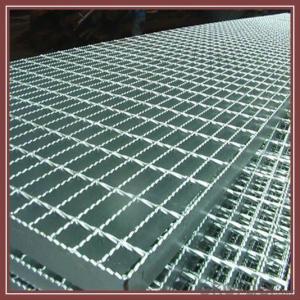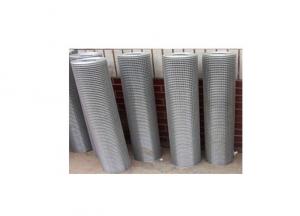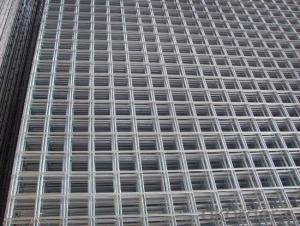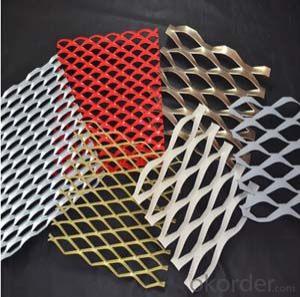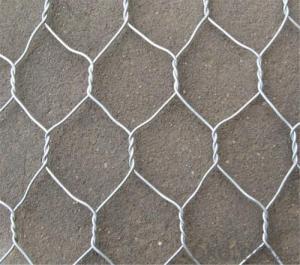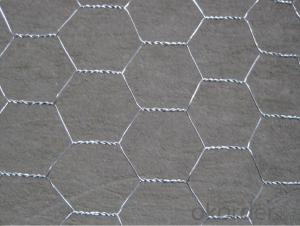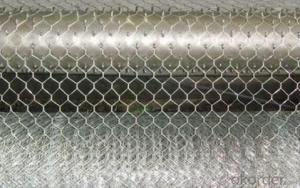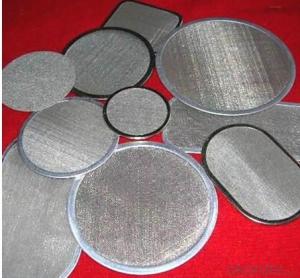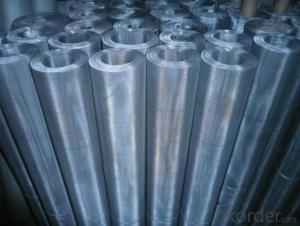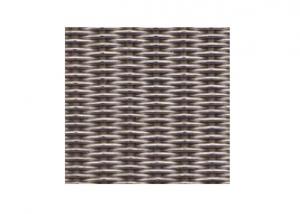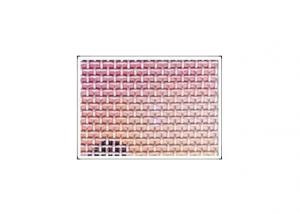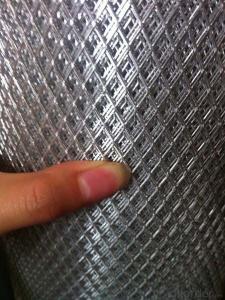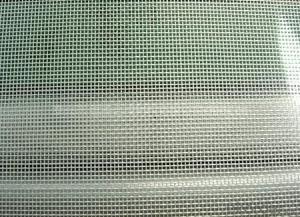Aluminum Grate Mesh
Aluminum Grate Mesh Related Searches
Aluminium Modelling Mesh Aluminum Diamond Mesh Black Aluminum Mesh 6 Aluminum Mesh Aluminum Grid Plate Expanded Aluminum Foil Mesh Aluminum Gusset Plate Aluminum Surface Plate Aluminum Gates Aluminum Foil Membrane Aluminum Mold Plate Aluminum Girder Aluminum Winch Plate Grate Stainless Steel Aluminum Mending Plate Marine Grade Aluminum Plate Aluminum Gland Plate Metric Aluminum Plate Glad Aluminum Foil Aluminum Cheese Plate Aluminum Sheet Plate Melt Aluminum Foil Aluminum Ramp Plate Aluminum Tape Non Galvanized Wire Mesh Aluminum Wall Plate Aluminum Grill Plate Aluminum Metal Plate Aluminum Mid Plate Grainger Aluminum PlateAluminum Grate Mesh Supplier & Manufacturer from China
Aluminum Grate Mesh is a versatile and lightweight metal product that is widely used for various applications due to its durability and corrosion resistance. This type of grating is made from aluminum alloy, which offers a high strength-to-weight ratio, making it ideal for environments where weight is a concern.Aluminum Grate Mesh is commonly used in construction, industrial flooring, and walkways due to its slip-resistant surface and ability to withstand heavy loads. It is also popular in the automotive and aerospace industries for its lightweight properties and resistance to corrosion. Additionally, it can be found in applications such as drainage systems, ventilation, and as a decorative element in architecture.
Okorder.com is a reputable wholesale supplier of Aluminum Grate Mesh, offering a vast inventory to cater to the needs of various industries. With a commitment to quality and customer satisfaction, Okorder.com ensures that the Aluminum Grate Mesh they provide meets the highest standards of performance and reliability.
Hot Products


